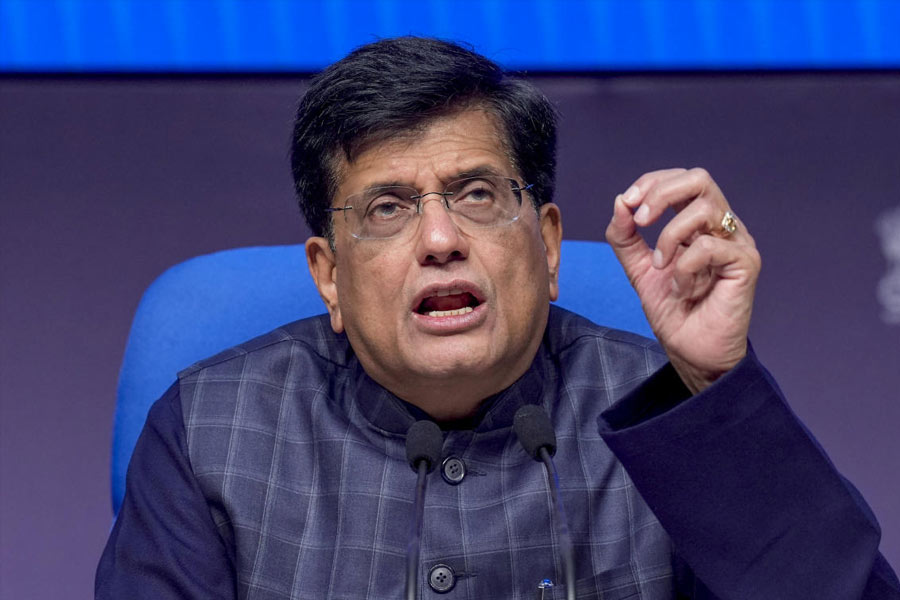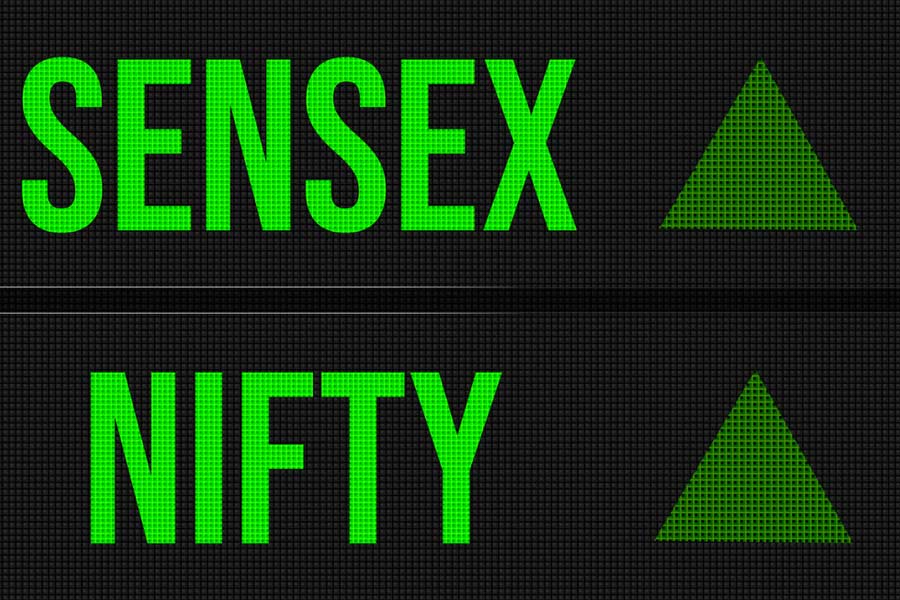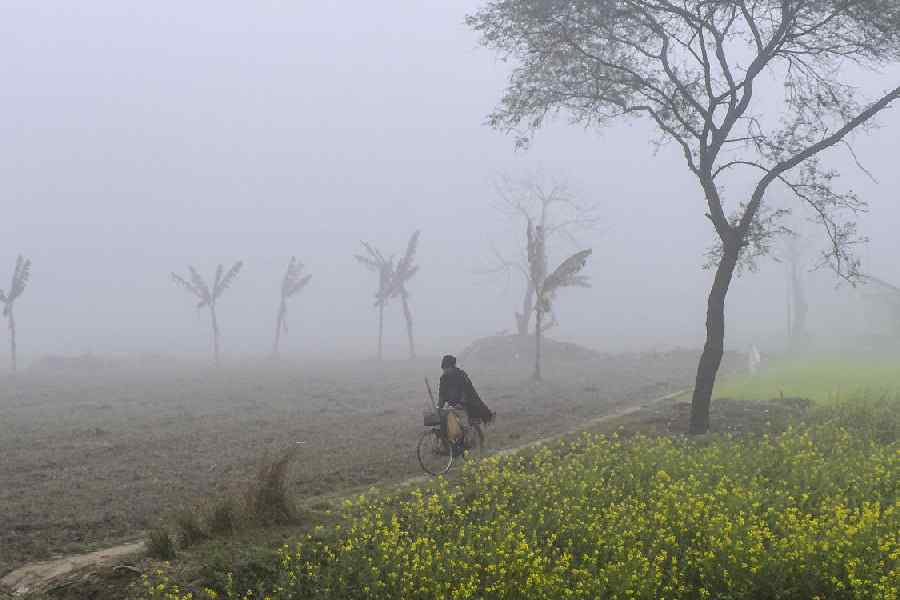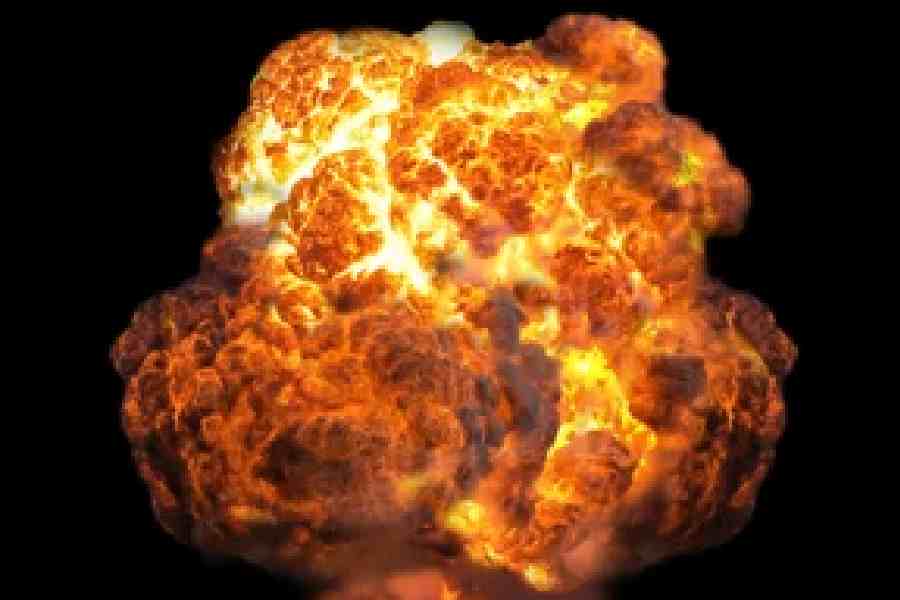|
|
First it was the camera and printing techniques; now the computer has joined them. All tools of the 20th century that have been quickly seized by artists who exploited them as legitimate companions to, if not crass rivals of, the brush and paint. Think of Warhol and Rauschenberg, for example. Or Richter and Polke. The photographic collages of David Hockney. Or even the faithful photo-to-paint reproduction of Malcolm Morley. In fact, the path-breaking deviations of the earlier age, which was meant to assault established norms, have themselves ascended, inevitably, to the status of an established art practice.
But not so in India. Indian artists, the big names especially, have not been particularly open to experiments with camera or printed images. As for the computer, there’s an invisible age bar at work because the older generation remains immune to its juggernaut magic. But young artists in search of fresh idioms are increasingly drawn into the magnetic field of the new options.
As Sayak Mitra, Sujit Karmakar and Sunil Chandra Pal, the three artists showing their works at Studio 21 till April 30, undoubtedly are. Hence, the name of the show: Post-production. Their creative intervention/mediation begins where production stops. With the finished images/texts — photographs and printed material — subjected to the dialectical process of appropriation, transformation and final presentation.
But this show is not just about technical antics. Because the social and political concerns of the three artists appear genuine rather than fashionably gestural. And yet, despite the protest in their voices — in anger, innuendo or acid — their art must end up greasing the wheels of the capitalist economy, to paraphrase Cohn Bendit’s note in his Obsolete Communism. An inescapable irony.
The works you notice right away are Mitra’s digital prints, beset with what can be called critical crossroads anxieties; with a sense that contemporary times are a critical crossroads fraught with tense and teasing queries about the morrow. He excerpts images and words from photos and newspapers, abbreviates them arbitrarily, and forces them into dissonant juxtapositions. The series called Agonies of the Times is confrontational in its stand against the power of the State, even in a democracy, because the masses remain mute, helpless.
References to globalization, Nandigram, the Green Hunt are unambiguous, converging on two contrary images: gun-bearing forces and frozen screams. Superimposed in at least two of the works are big heads that emerge out of the fluid chaos of the arrangement as you step back. This is most effectively done in No. 6, with its crowd of red figures counterpointed with black silhouettes while an array of shooting lines dissolves into a vulnerable face from a distance.
|
If Mitra seeks to deal a body blow to your conscience, Karmakar presents a campaign of loaded silence. The safety pin, a recurring motif, becomes a laconic aside in the context of the titles: Innocence Lost in Insecurity, Uncertain Future, and so on. They remind you that though the safety pin can secure clothes and paper, no quick-fix device can, alas, hold in place the lives of boys living on and off the street; can secure their future (bottom). And yes, the alas is there. But Karmakar’s treatment takes the sigh out of it to render a subject of sentimental rhetoric quite deadpan.
He makes huge acrylic-on-canvas heads, in stark contrasts of black and white that accentuate their facial topography, as in PowerPoint graphics. This rejection of line and tone, of naturalism, blots out all marks of identity. It ensures both the emotional distancing of the viewer who is expected to ponder rather than participate; and the anonymity of the subject that must then exist as an autonomous symbol, free of time-place specifics, rather than a flesh-and-blood person.
Pal, however, catches a theatre of the absurd on city streets. If a herd of sheep ambles down a road with highrises, not mountains, looming over them (top); or pedestrians genuflect before a bohurupee dressed as Shiva, they merely reflect the bizarre contradictions that thrive all around us. These scenes are so everyday that they become part of the background, thus losing their visibility before eyes inured to Indian anarchy. But Pal seems to have an outsider’s antennae. Elsewhere, there’s a bound and gagged Cyrus Broacha, perhaps engaged in another comic performance. Or is he standing trial for his banal humour?
Obviously, the mass media are fair fare for these hungry young artists. After all, if the media can turn everything into consumable grabs, art can cannibalize the media too. That’s poetic justice of sorts.












